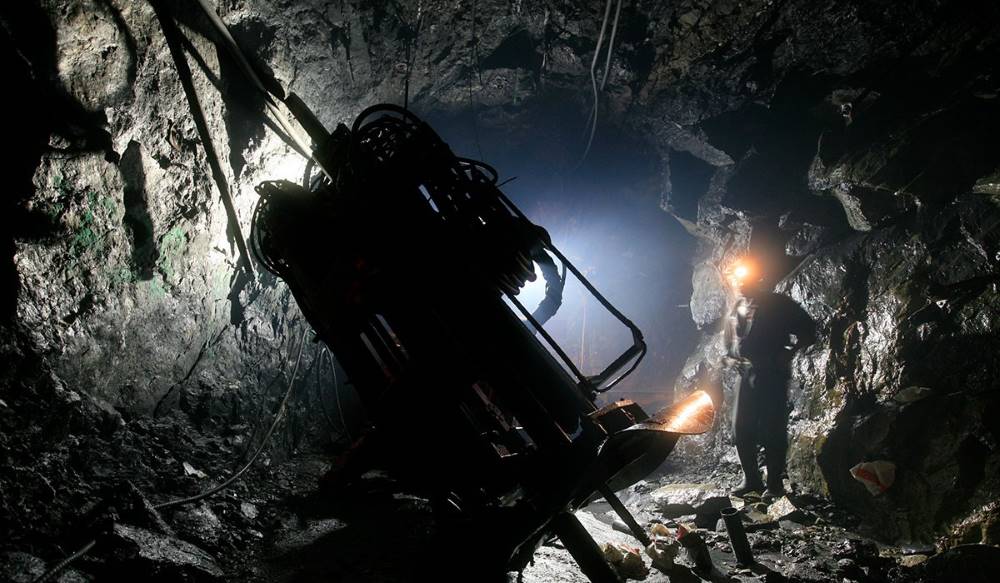
India’s rise to a global power player may not be the opportunity Australia’s coal miners hoped for.
Quickly replacing China as the world’s largest steel producer, India is on the rise; however, despite traditional reliance on Australian coking coal, India has its sights set on a green steel revolution.
Responsible for over half of India’s metallurgical coal supply until recently, Australia is now on the outer as the subcontinent nation looks elsewhere and internally for coal while eying green hydrogen technology to clean up its steel-making industry.
A worry for coal miners down under as an “economically maturing” China reaches and tips over its peak demand for coal. India will also raise the proportion of scrap used in its steel-making process, aiming to phase out coal entirely by 2070. And while that is a while away, the decision does not paint a pretty picture for Australian coal miners reliant on export dollars.
Using green hydrogen to fire steel smelters by 2030 and beyond will mean that Australian coal exports to the growing nation will peak in 2026 before seeing a steady decline. This is a sharp drop from the 30Mt imported from Australia in 2022, representing 70% per cent of total coal imports.
After riding record price increases in recent years and primarily due to Russia’s invasion of Ukraine, Australia’s federal government has signalled a slowdown in energy and resource export earnings.
In its recent September Resources and Energy Quarterly, the Department of Industry, Science and Resources has forecast significant cuts as global demand weakens. With prices also stabilising after a tumultuous period, Australian resources and energy export values could slump by over $60 billion on the previous year in 2023-24.
A steep fall, even considering that 2022-23 saw record figures of $467 billion. Federal Minister for Resources Madeleine King pointed out the effects of war and COVID-19 on the sector and price rises in general.
“While overall export revenue is easing from record highs, Australia’s resources and energy exports remain strong and continue to underpin Australia’s economic wellbeing,” she said.
And while traditional sellers like iron ore and thermal coal are feeling the pinch as demand weakens, the report, for the first time, outlined the role and performance of critical minerals like lithium, cobalt, copper and nickel in Australia’s export mix.
“Australia remains a reliable and stable supplier of resources and energy to our export customers, and we are working to build investment, partnerships and supply chains for our critical minerals sector, which will help the world meet commitments to lower emissions,” Ms King added.
Planet Earth and its human populations depend on roughly 100 million barrels of oil and 70 million barrels of equivalent gas daily to remain operational. This massive number explains why the Energy Transition is such a momentous task and will take time to implement fully.
Many of the proposed technologies we hope will clean up our carbon emissions are mainly untested, especially at scale. And the resources, collaboration and cash required to bring these innovations into reality should not be underestimated. Based on historical references and past energy transitions, it’s realistic to see the current one taking up to 100 years to complete.
But the reality is, no one really knows.
For detail, understanding that the transition from traditional biomass fuels like wood to coal took humans around a century is helpful.
The next transition from coal to oil and gas? About the same time.
And our energy system is now an order of magnitude larger than when that last shift took place. Meaning there is plenty more work to do in the decades to come.
Dust suppression is a critical issue in the world of mining and resources.
Learn more about GRT’s industry-leading and IoT-connected SMART Dosing Units, and discover how we’re driving better dust suppression solutions for all!
Your feedback is important to us.
If you enjoyed reading this Global Road Technology industry update and found it informative, please let us know by leaving a REVIEW.
https://www.industry.gov.au/publications/resources-and-energy-quarterly-september-2023
Are environmental regulations, health and safety concerns or potential profit loss a concern right now?
Contact Us Now